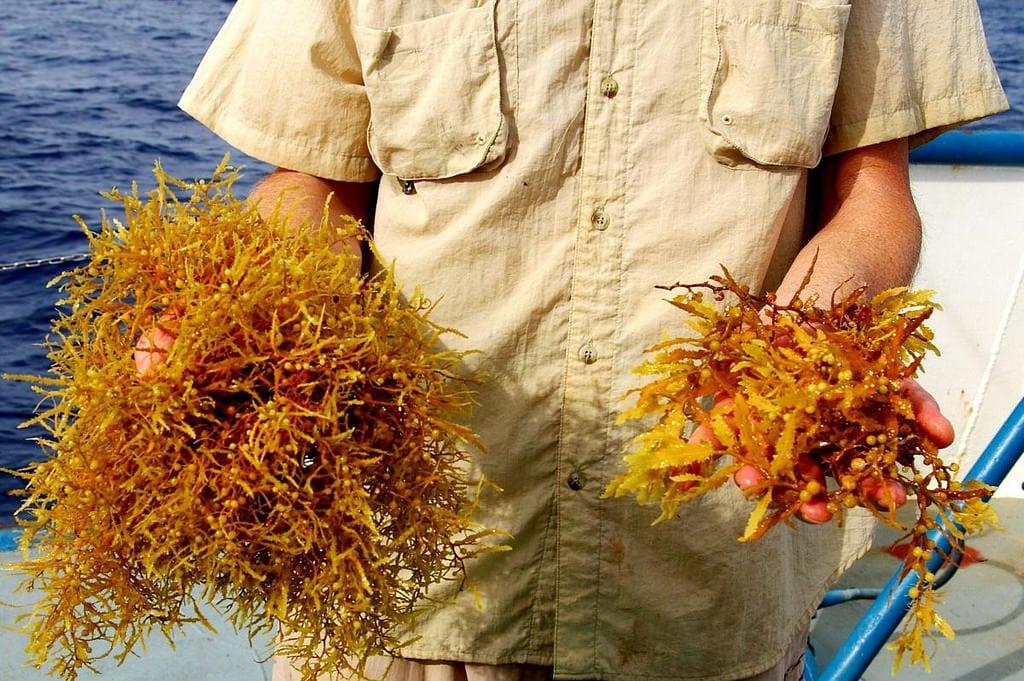Wave reduction will protect an Outer Banks reef structure
Outer Banks anglers should see more fishing opportunities in the years to come due to artificial reef work being done near the Bonner Bridge. The North Carolina Department of Transportation (NCDOT) has built a living shoreline wave-attenuating structure about a mile west of the bridge. The 500-foot long structure is made up of blocks of concrete that allow water to pass through and around it while limiting the force of waves.
The reef structure is made of stacked concrete with natural rock embedded in it. The project is part of NCDOT’s bridge demolition and replacement plan, which will be completed in 2019. The goal of the reef is to aid the growth of seagrass by creating a 50-acre “wave shadow” on the lee side. Submerged aquatic vegetation (SAV) will benefit from a reduction in wave action. NCDOT plans to monitor the SAV growth and marine species in the reef over the next five years.
Young crabs and shrimp will use the structure and the seagrass beds as a refuge to hide from predators, while species like sea trout, striped bass and flounder will search those vegetation beds to find food. Spotted sea trout, grass shrimp and bay scallops spawn in SAV habitats.
Water depth surrounding the structure at low tide ranges from two to three feet, and there are no fishing or access restrictions. The reef is well marked, visible and out of the way of navigation channels. It’s accessible when transiting “the Crack” channel between the Oregon Inlet Fishing Center and Old House Channel. Please be mindful that boat propellers can uproot and kill swaths of SAV, leaving scars across the grassbeds.
NCDOT also plans to restore four existing artificial reefs along the northern Outer Banks with the demolished bridge material. An additional new reef is planned and will be funded from fishing license fees. An estimated 80,000 tons of debris from the demolished bridge will be used to build up the old structures with work targeted to begin by late 2018 and continue for about 10 months.
An additional reef is planned for a location about 2 miles south of reef No. 160, or 8 miles south of the Oregon Inlet. The plan is to sink two retired vessels to anchor each end of the reef and then to sink used concrete pipe in between. The reef will rise 25-30 feet above the ocean floor in about 70 feet of water.
—By Christopher Knauss, Southern Boating Magazine April 2017















